Design Thinking Is Dead: How to think creatively in a digital world
Let’s take a moment to think about Design Thinking. What is it and how does it help businesses think creatively in a digital world?
Co-Founder of Academy Xi, Charbel Zeaiter says, “Design Thinking is an activity that brings people together who would otherwise not collaborate.” It’s a way to get those creative juices flowing, bringing together people from varied disciplines into a space of problem exploration, ideation, and creative prototyping.
But from all those fun and creative exercises, do companies and teams really reach the desired outcome? How do they condense all that creativity into an action point, business plan, or viable product and/or service?
From being involved in countless Design Thinking sessions, Charbel has seen first-hand the adrenaline high of employees who participate. However, often, participants are left with an eventual comedown and return to the business-as-usual grind. Reality sets in and creativity fades away into the background, replaced by the mechanical operations of the business.
It’s so important for businesses to think creatively, but at the same time ensure they don’t get bogged down by ideas with no action plan. Charbel reveals, “When we zoom out and look at where Design Thinking fits — or can fit — into an overall design strategy, all of a sudden Design Thinking may work, if used wisely.”
Hail the Design Dynasty!
Here Charbel outlines the five realms of Design that are used to help teams think creatively to improve a product or service experience. These realms progress into a fluid, sequential order:
1. Design Thinking
In the context of a complete Design process, Design Thinking has value, only when used as a tactical entry activity and not relied upon as a process to solve business or customer problems. When teaching Service Design or User Experience Design, always incorporate a Design Thinking session. Used in the correct context, Design Thinking:
- Creates a space for collaboration
- Introduces teams to the concept of empathy and detachment from “the right way”
- Focuses on volumes of ideas
- Lends itself to outlandish, creative concepts
2. Design Action
Design Action is about honing in on specific concepts and using a Human-Centred Design (HCD) approach to involve both the customer and the correct stakeholder group in co-design activities.
Ask yourself: “What problem are we solving?”
Whether you’re creating or improving the experience of a service or product, be it digital or physical, this Realm allows for no shortcuts.
With a rapid cycle of concept design, validation, iteration, and backlog creation, Design Action gives you:
- Impetus
- Stakeholder buy-in and team cohesion
- A service roadmap
- A product backlog
- An MVP plan
3. Design Delivery
Where in Realm 2, the focus was on investigation, collaboration, and co-design, in Design Delivery, the focus is —as the name suggests — delivering new or improved service or digital product experiences.
There’s no secret that after a well-orchestrated Design Action effort, the Agile Framework brings focus on delivering an agreed set of features. This can be either a Minimum Viable Product (MVP) or, in Service Design, a Minimum Viable Service (MVS).
By the time you’re ready to exit this Realm, you’ve delivered the minimum set of features that have solved the core problem addressed in earlier stages.
4. Continual Improvement
Getting shit done is the focus on Continual Delivery. With a well-planned backlog and roadmap, this Realm focuses on teamwork and a well-orchestrated fortnightly sprint cycle.
Whether you’re using a Kanban board or a range of online tools such as Trello or Jira, Continual Delivery has much in common with Realms 2 and 3 — collaboration and visibility.
5. Scale and Reach
As we continually build upon our MVP or MVS, how do we communicate this to our customers and, more importantly, to the customers of our competitors? If Realm 5 exists without frequent liaison with the other Realms, the marketing messages are at best blanket messages. Those who work in this Realm of Scale and Reach are adept marketers and:
- Intimately understanding the customer
- Aware of the customer’s journey and their drivers
- Knows their touchpoints
- Creative and experimental
- Understands that research, data and analytics is what rules the Five Realms
Embed these Realms into your organisation and, as a true Dynasty, you’ve adopted a platform for creative innovation, happy teams and a powerful customer-centered approach to problem-solving.
At Academy Xi, instructors teach the power of HCD and how to think creatively in a digital world. In User Experience and Service Design disciplines, thinking customer sits above everything else. Learn more about our courses here.
Academy Xi has partnered with Design + Technology Collective to offer members an exclusive 20% discount to on all Xi courses. Learn how to think creatively and think customer with Academy Xi.
